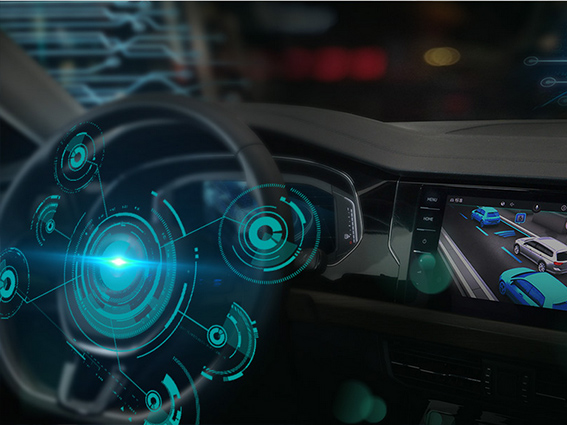From the perspective of the overall situation, the development cycle of automobiles and the development cycle of automotive components are forced to be gradually shortened, and they themselves have the characteristics of numerous users, long usage time, and high safety requirements, which cannot give you so many opportunities to try and make mistakes. Within a limited development time, regardless of whether there is a foundation in the past or how much product innovation there is now, what comes out is a mature design. By using a limited number of samples to determine its characteristics and distribution of differences that meet the requirements, this is the core value of the entire development and verification process.

So, we need to organize the problem from three aspects.
1) Analysis phase
Throughout the development process, many problems will be encountered. So the earlier potential problems are revealed through various methods, and the earlier early warning is used to solve the problem of insufficient design margin, the greater the benefits will be. The initial design and modification costs, and even the entire learning cost, are minimal.
In the analysis phase, electrical components can be divided into the following
Electrical analysis
Worst case performance analysis
Short circuit&open circuit analysis
Lead free welding inspection
Mechanical analysis
Resonance frequency analysis of circuit boards
High altitude stress analysis
Analysis of Spring Lock Fasteners
Support fatigue analysis
Impact test analysis
Temperature analysis
Analysis of overheating during high-altitude operation
Thermal fatigue analysis
Review of analysis results
2) Development phase
The developed samples, through testing their performance and functionality, can already sweep away many landmines. From a reliability perspective, identifying weaknesses that were not discovered during the design process with fewer samples would be very valuable.
It can be divided into two categories based on major aspects:
One type is automotive electronic control devices
Including engine, chassis, and body electronic control. For example, electronic fuel injection system, brake anti lock control, anti slip control, traction control, electronically controlled suspension, electronically controlled automatic transmission, electronic power steering, etc.
One type is in car electronic devices
Car mounted electronic devices are electronic devices that can be used independently in the automotive environment, and are not directly related to the performance of the car itself. They include car information systems (i.e. on-board computers), navigation systems, car audio and entertainment systems, in car communication systems, and internet devices.
Extended Information:
The testing of automotive electronic products can be classified into four categories:
1. Functional/performance testing. For example, the optical and thermal performance of car lights; For example, the usage functions, optical performance, acoustic functions, etc. of the car entertainment system. At present, this type of testing is mainly carried out by automotive electronic product manufacturers themselves according to their respective enterprise standards for testing and control.
2. Environmental and reliability testing. For example, accelerated life testing, high and low temperature testing, vibration testing, and so on. This type of testing is currently controlled by product manufacturing companies according to their respective enterprise standards, and there are also corresponding national or international standards that regulate it, such as ISO16750.
3. Environmental protection and chemical testing. For example, RoHS testing, volatile organic compound testing, and so on. Although the relevant standards of these tests vary among production enterprises, governments in different countries and regions have already imposed requirements on them. For example, the 2004/42/EC directive of the European Union controls volatile organic compounds in automotive products.
4. Electromagnetic compatibility testing. At present, this type of test is the most strictly controlled test in various regions of the world. In terms of international mainstream testing standards, the projects controlled by them include radiation emission, conducted emission, radiation immunity, conducted immunity, conducted transient emission, conducted transient immunity, etc.
